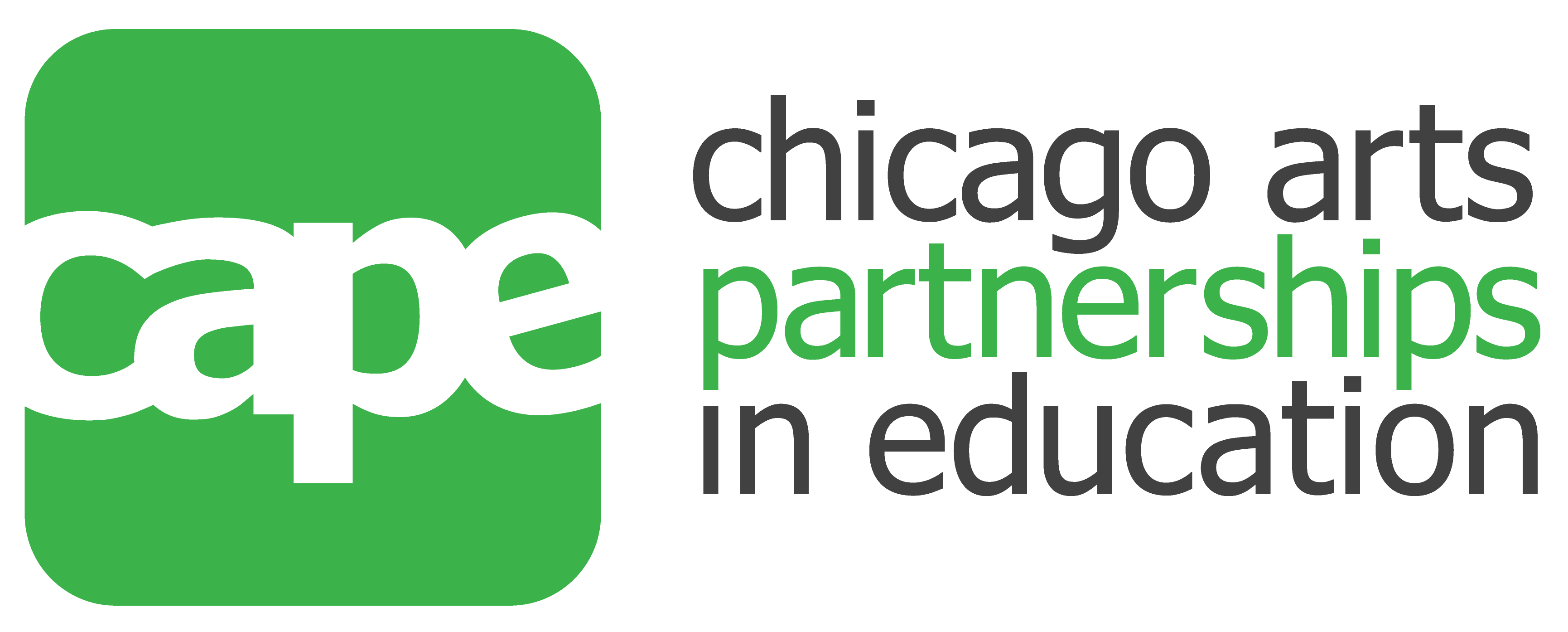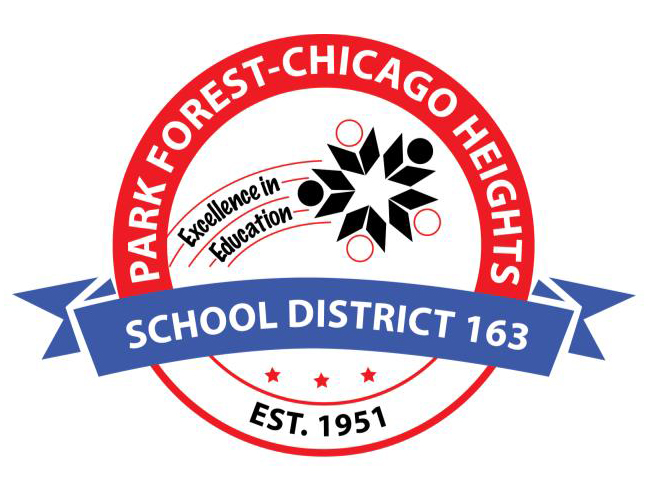Summer 2021 Reflection PD 1 (of 3)
Crosscutting Concepts Cause and Effect
Participants discuss the crosscutting concept of cause and effect, the connection for all th units that are planned for the school year. They listen to Paul Shower’s The Listening Walk story to inspire them to listen to sounds as they walk through their neighborhoods. They consider the cause and effect relationships of the things they hear: What was the cause of the sound? What was the resulting effect? What effect did the sound have on the listener? What will the effect of recording the sounds have on recalling them? During the final hour, teachers and artists work in their groups to begin developing units that connec physical science and art practices through the lens of cause and effect.
Date: July 14, 2021
Audience: K-5 Teachers
STEAM Ahead Consultants: Jenna Sanei, Jerry Stefl, and Patricia Whitehouse
Focus: Cause & Effect
Materials: paper, pencil, Youtube
example planning document
Approximate Time: 2 Hours
Format
Part 1: Introduction to NGSS Crosscutting Concept of Cause and Effect (30 Minutes)
Part 2: Cause and Effect Activity using Paul Shower’s The Listening Walk (30 Minutes)
Part 3: Lesson Planning/ Group Work Time (1 Hour)
Artist Connections Gregory Lasserre & Anais met den Ancxt a.k.a. Scenocosme
Additional Resources Chinese water spouting bowl
Interactive Plants
The Listening Walk
example planning document
National Core Art Standards: VISUAL ARTS
Next Generation Science Standards
NGSS Cause and Effect by Grade Level
Science and Engineering Practices
Part 1: Introduction to NGSS Crosscutting Concept of Cause and Effect (30 Minutes)
Part 2: Cause and Effect Activity using Paul Shower’s The Listening Walk (30 Minutes)
Part 3: Lesson Planning/ Group Work Time (1 Hour)
Artist Connections Gregory Lasserre & Anais met den Ancxt a.k.a. Scenocosme
Additional Resources Chinese water spouting bowl
Interactive Plants
The Listening Walk
example planning document
National Core Art Standards: VISUAL ARTS
Next Generation Science Standards
NGSS Cause and Effect by Grade Level
Science and Engineering Practices
Part 1: Introduction to NGSS Crosscutting Concept of Cause and Effect
Share the agenda for the day. Review Next Generation Science Standards, and discuss Crosscutting Concepts (CCCs), using examples of real world cause and effect.
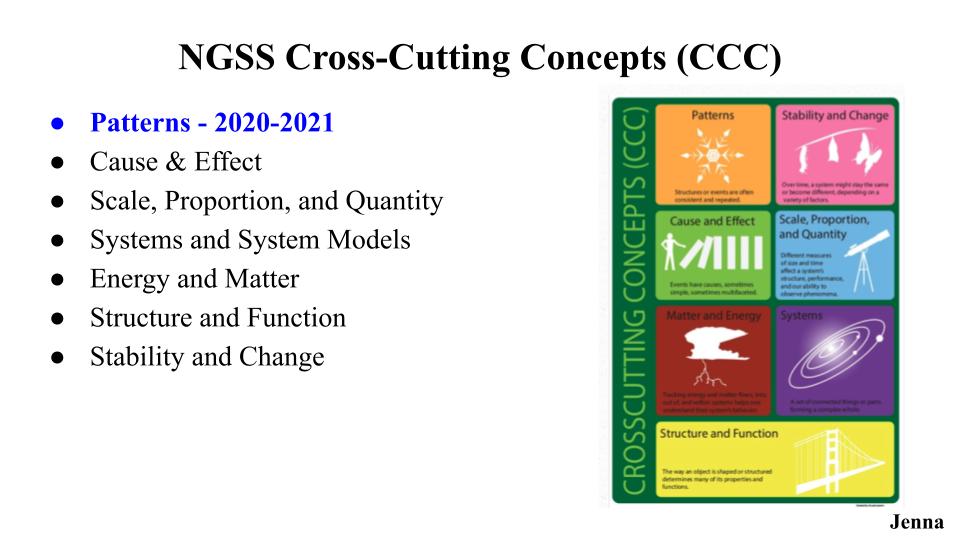
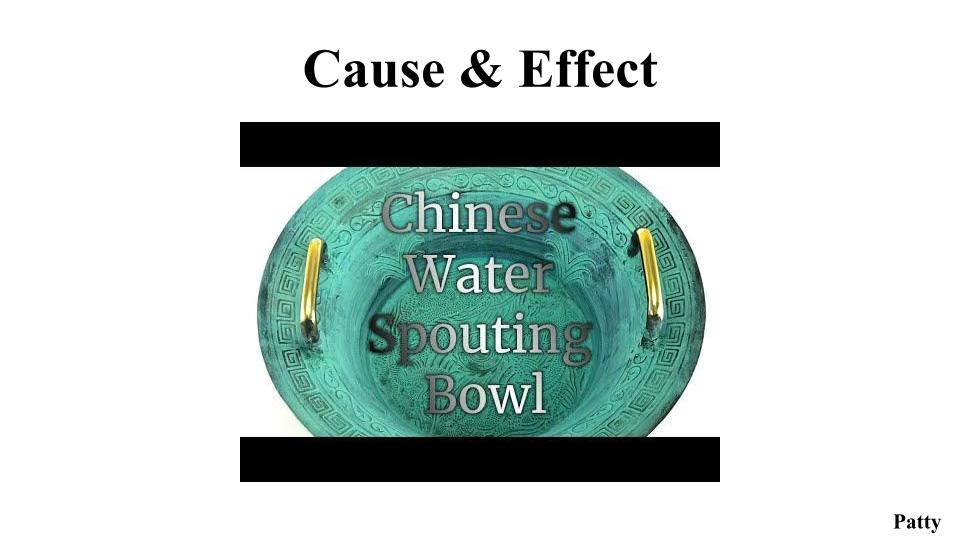
Part 2: Cause and Effect Activity using Paul Shower’s The Listening Walk
Share selections of the book The Listening Walk, then share the listening activity. Discuss their activities as Science and Engineering Practices.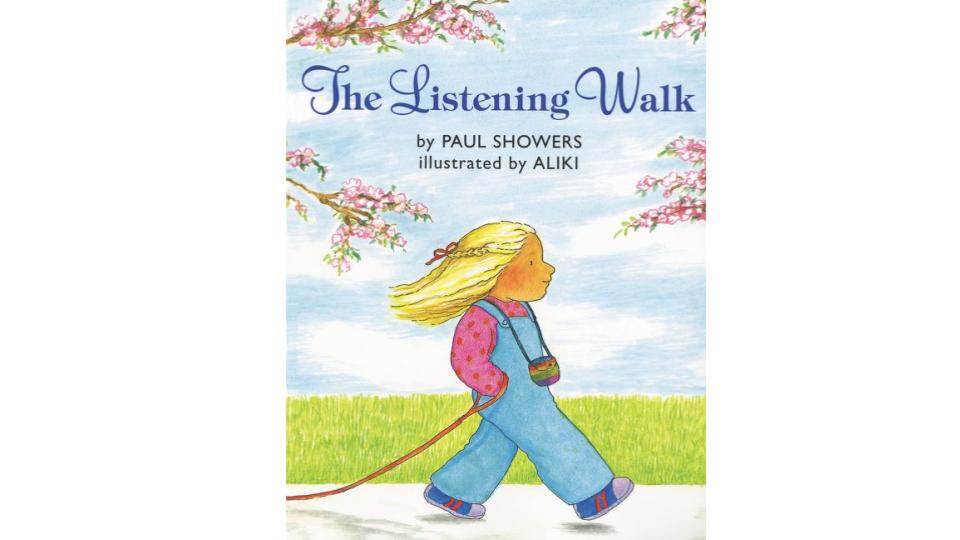
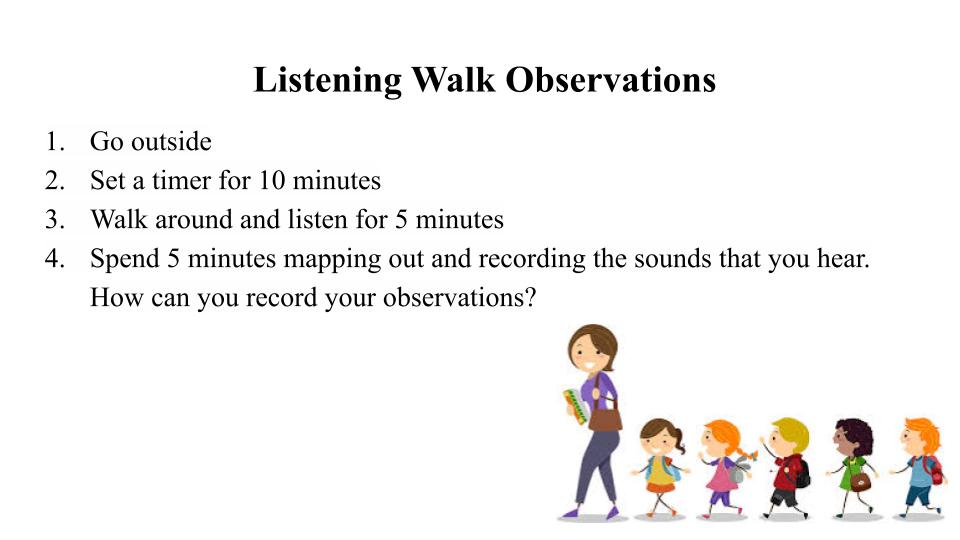
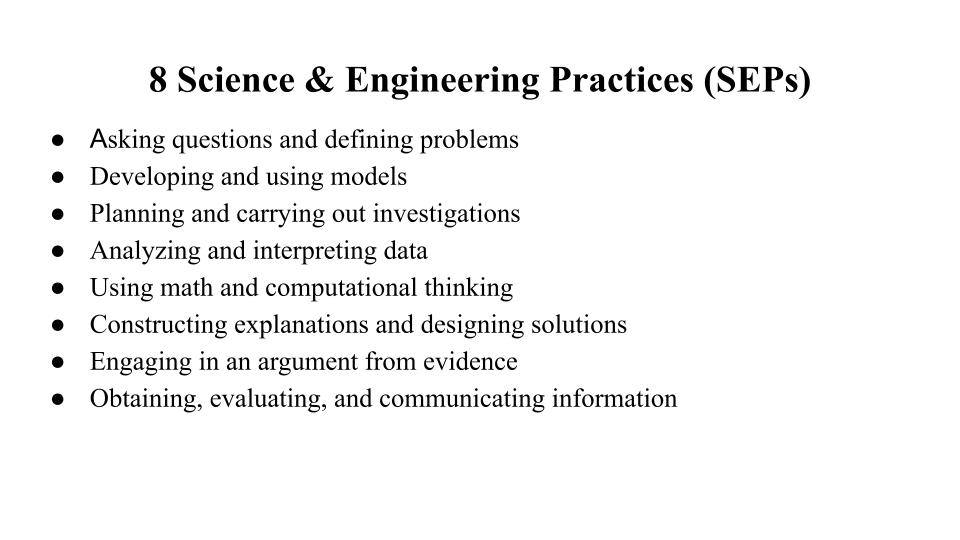
Part 3: Lesson Planning/ Group Work Time
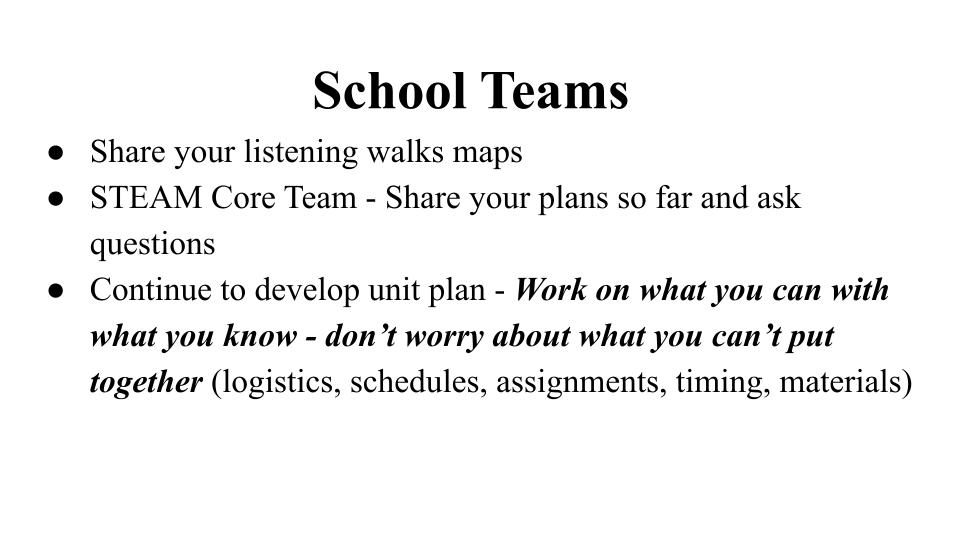
2020 Summer Foundation Professional Development
2020-2021 School Year Professional Development
2020-2021 School Year Professional Development
- 2020-2021 School Year PD 1: Virtual STEAM Ahead
- 2020-2021 School Year PD 2: Elements of Design and Nature Artists
- 2020-2021 School Year PD 3: Patterns, Artist Mark Bradford, Artmaking
- 2020-2021 School Year PD 4: Review of Artist Mark Bradford and Artmaking
- 2020-2021 School Year PD 5: Patterns and More Artmaking
- 2020-2021 School Year PD 6: Planning End-of-Year Presentations
- 2020-2021 School Year PD 7: End-of-Year Presentations
2021 Summer Reflection Professional Development
2021-2022 School Year Professional Development
- Summer 2021 Reflection PD 1: Crosscutting Concepts: Cause and Effect
- Summer 2021 Reflection PD 2: Cause and Effect through an Art Lens
2021-2022 School Year Professional Development
